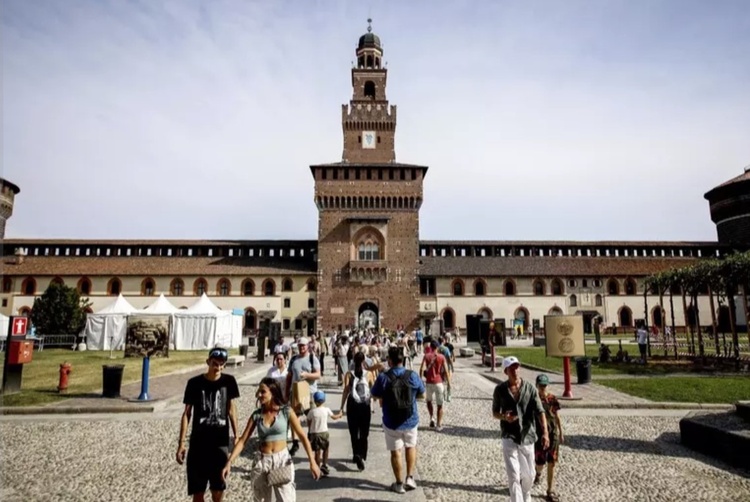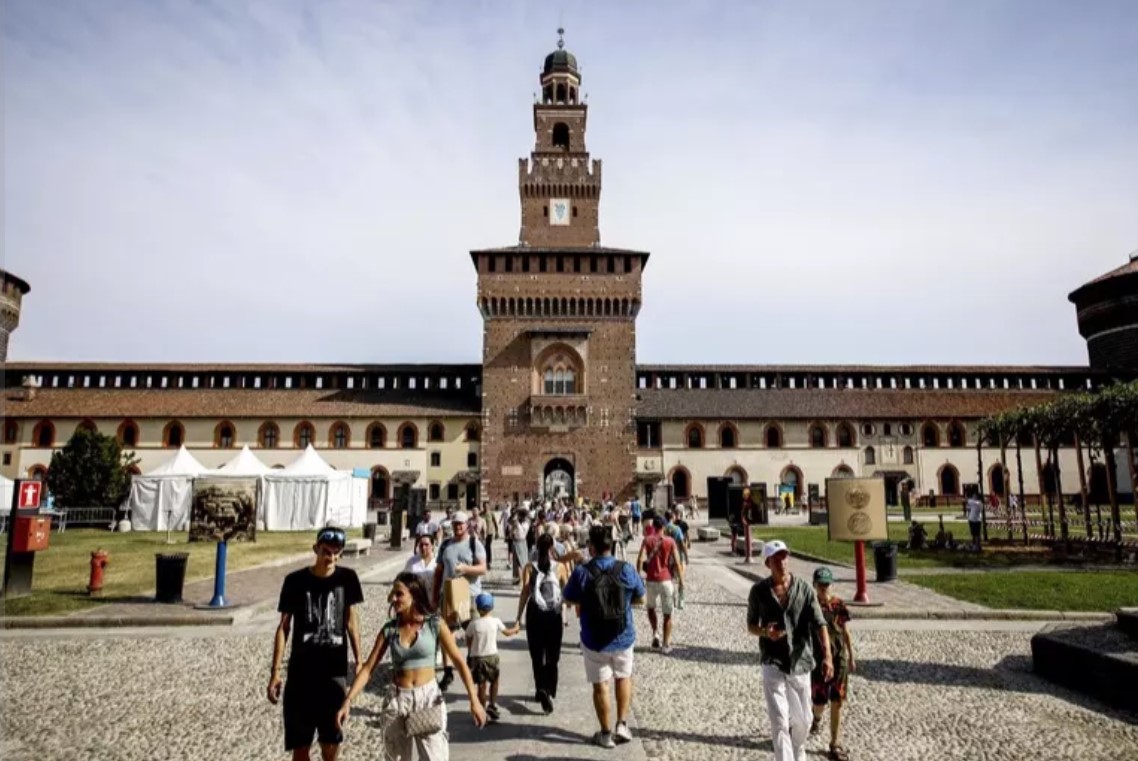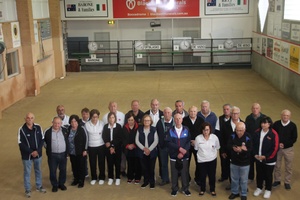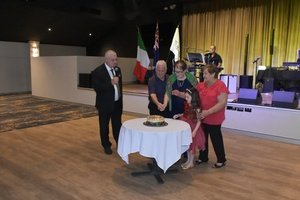The restoration has uncovered several surprises, including the discovery of a large monochrome by Leonardo da Vinci showing mulberry plants that had remained hidden under layers of lime plaster.
After years of work, the municipal administration approved the restoration of the castle’s most famous room, an exceptional record of the presence of Leonardo (1452-1519) at the Sforza Court.
The restoration is expected to cost 1.6 million euros - funded by the Milan municipality and Cariplo Foundation - and should be completed in 2026 in time for the Milan-Cortina Winter Olympics.
The iconic room owes its name to the wooden covering that was used at the time of the Sforzas to make the temperature more comfortable.
Formerly painted with heraldic motifs for Galeazzo Sforza, under Ludovico il Moro it was transformed by Leonardo who worked on the room between 1497 and 1499.
In da Vinci’s original project, the room’s walls needed to magically ‘disappear’ to show, under a huge pavilion of vegetation with 16 dark mulberry trees, a landscape with rocks, a few homes, a church and a bell tower.
Over the years, the 15th century building’s room was transformed and at one point became a stable for horses with the walls covered by layers of lime that hid its treasures.
At the end of the 19th century, architect Luca Beltrami renovated it, repainting the ceiling’s vaults and alcoves.
The current restoration work went through different phases.
Exploratory research began in 2006, leading up to the actual restoration which kicked off in 2013.
Work was carried out on Leonardo’s monochrome which led to the discovery of preparatory drawings of the decoration project featuring the huge pavilion supported by mulberry plants.
In 2015, the restoration process was halted so the room could be open to the public during the six-month-long Universal Exhibition.
Work was halted again in 2019, when researchers and restorers stopped during celebrations to mark the 500th anniversary of Leonardo’s death.
ANSA











